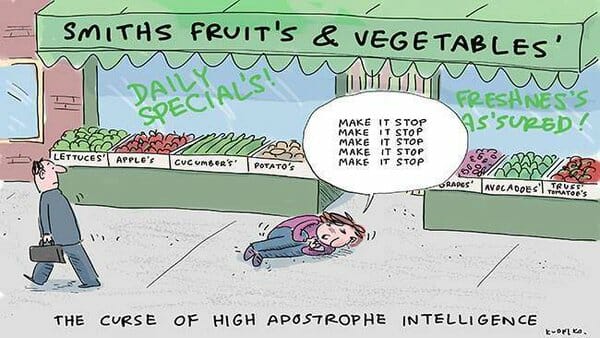Take a good look at your business. Where do you get your customers?
Maybe, they find you. They’re already looking for the product you make or the service you offer. They look it up online, check out your website, and give you a call.
If your customers find you, you want to be easily found. So, you want to work on getting good reviews on Yelp and Craigslist. And you should optimize your website to show up high on the list when potential customers Google you.
But maybe, they get introduced. Your best customers often come through referrals from other satisfied customers!
What can you do to ensure great referrals? It’s not search engine optimization. (They’ve been introduced, so they already know your name!)
- Give great customer service.
- Stay in touch with customers after they buy (through email, blogging, and social media).
- Continue teaching them how they can solve their problems.
- Ask for referrals. (Surprisingly easy to forget!)
- Use your website to show new customers how you can help them. Remember, it’s not about you, it’s about them!
You need to decide: do I want to be found, or do I want to be introduced? Then, put your marketing budget there.



